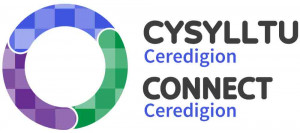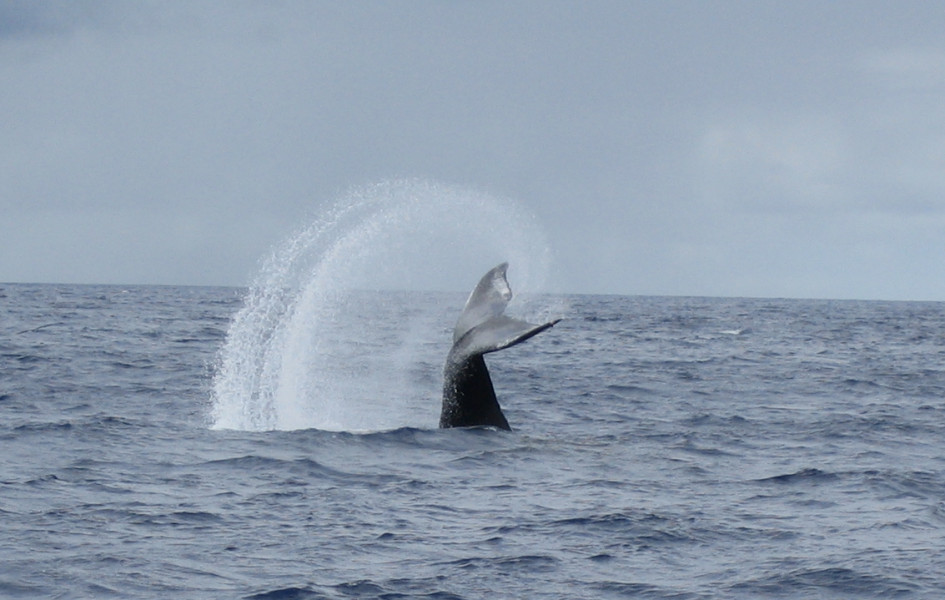The 'National Watch for Whales & Dolphins' takes place over the course of a week every year.
In 2021, people all around the UK were invited to take part during the 24th July - 1st August, but there's always opportunities to get involved and to record your sightings!
Research has shown that there is little awareness in the UK of the tremendous diversity of whales, dolphins and porpoises to be found around our shores. The aim of this event is to give a general “snapshot” of what is in UK coastal waters over a short period of time. As well as gaining valuable research data, we hope this will draw attention to the conservation of our marine environment.
What species are people likely to see?
A staggering 30 species of whale and dolphin have been recorded in our waters, more than a quarter of the entire British mammal fauna. It is possible to see a whale in various parts of Britain and, in a number of localities, there are resident populations of a range of dolphin species. The most commonly reported species are bottlenose dolphin, harbour porpoise and minke whale, depending on where you are in the British Isles.
How many sightings do you expect during the event?
This will depend on weather conditions and varies from year to year. In the first year of NWDW (2002) 380 sightings were received and a total of 1695 whales and dolphins were seen. Last year (2020), we had 1,348 sightings and a total of 9,784 animals, reflecting just how much the event has grown. On average, across sites, people had a sighting every hour.
Who can help?
Anyone who wants to and who is in the UK during the event. So, whether you are planning a trip to the coast, travelling on a ferry in UK waters, sailing for fun, or just near the coast – you will have the perfect opportunity to take part. Your input will help give us a “snapshot” view of the status and distribution of the many cetaceans in our coastal waters.
Why now?
Threats to whales and dolphins have never been so great, and yet for several species we lack anything but a rudimentary knowledge of their status and distribution. The more coastal species like harbour porpoise and bottlenose dolphin are specially exposed to the detrimental effects of human activities, and both have undergone significant declines in the past decades. Find out more about the threats faced by cetaceans in UK waters.
How can people get involved?
People with experience of “official watches” who can quite readily identify species just need some sightings forms, a pen and a pair of binoculars.
“First timers” or people who need a bit of help in identifying a whale, dolphin or porpoise can join our online regional training days which are offering this year. Regional Coordinators will also provided their helps so please get in touch with them if you need anything in preparation for your watches. To know more about our NWDW training days watch this space as dates will be announced shortly. Click here to find out about organised watches near you!
How do people identify species?
Join our NWDW online training, download our Cetacean ID guide and take a look at our species fact sheets. They are all great tools for you to learn how to identify cetaceans in the wild.
Is it hard to record data?
Click here to download a copy of our land and watch recording forms and instructions on how to fill them in.


